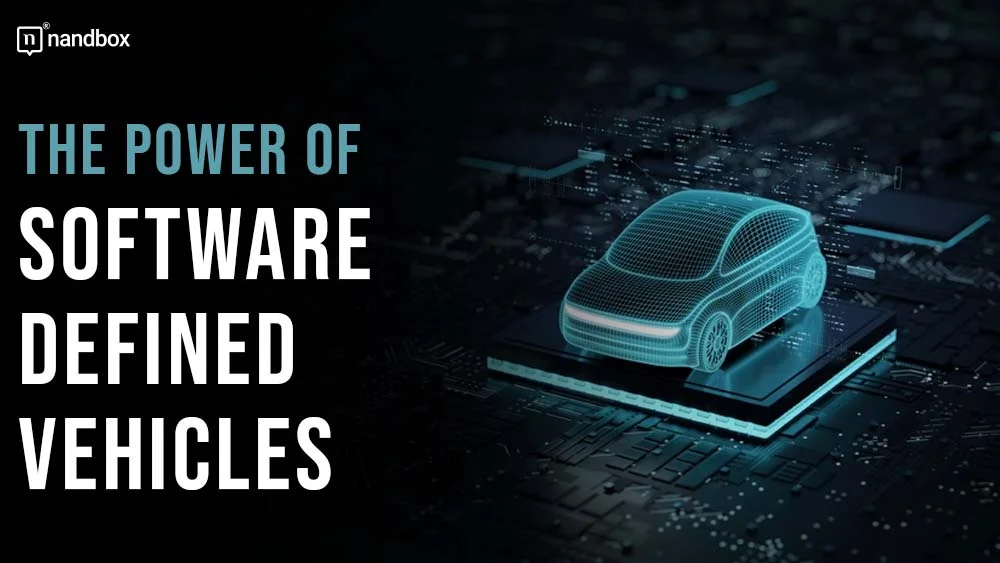Modern software-defined vehicles (SDVs) represent a significant evolution in the automotive industry, driven by advances in technology, connectivity, and user expectations. These vehicles integrate sophisticated software systems that manage a wide range of functionalities, enhancing performance, safety, and user experience. In this exploration, we’ll delve into the most important capabilities of SDVs, highlighting how they transform transportation.
Advanced Driver-Assistance Systems (ADAS)
One of the hallmark capabilities of SDVs is their integration of advanced driver-assistance systems (ADAS). These systems utilize a variety of sensors, including cameras, radar, and lidar, to enhance vehicle safety and driving ease. Features such as adaptive cruise control, lane-keeping assistance, automatic emergency braking, and parking assistance are all powered by complex algorithms that process data in real time.
The continuous improvement of ADAS through software updates means that these systems can evolve after the vehicle has been sold. As manufacturers refine their algorithms and add new features, owners benefit from enhancements that were not available at the time of purchase.
Over-the-Air (OTA) Updates
One of the most revolutionary capabilities of SDVs is the ability to receive over-the-air (OTA) updates. This technology allows manufacturers to remotely install software updates, enhancing vehicle functionality without requiring a visit to a dealership. OTA updates can improve system performance, fix bugs, and even add new features, such as enhanced navigation or improved battery management for electric vehicles.
This capability not only streamlines the ownership experience but also extends the vehicle’s lifespan by ensuring that it remains up-to-date with the latest technology and security patches. It eliminates the need for physical recalls for software-related issues, significantly enhancing operational efficiency for manufacturers. For more information, check out Sonatus OTA guide
Connectivity and V2X Communication
SDVs are equipped with robust connectivity features, enabling vehicles to communicate with each other and their environment—a concept known as Vehicle-to-Everything (V2X) communication. This capability allows vehicles to exchange information about traffic conditions, hazards, and other critical data in real time.
V2X communication enhances safety by providing drivers and autonomous systems with up-to-date information that can prevent accidents. For example, a vehicle approaching an intersection can receive alerts about red-light violations or the presence of pedestrians. Furthermore, this connectivity supports advanced traffic management systems, potentially reducing congestion and improving overall urban mobility.
Autonomous Driving Capabilities
At the forefront of SDV technology is the pursuit of full autonomy. While fully autonomous vehicles (Level 5) are still in development, many modern SDVs already feature significant autonomous capabilities (Levels 2 and 3). These include features like highway autopilot, where the vehicle can handle lane changes and speed adjustments with minimal driver intervention.
The software in these vehicles continually learns from real-world data and driver behavior, improving its ability to navigate complex environments. As machine learning and artificial intelligence continue to advance, we can expect SDVs to become increasingly adept at handling a wide variety of driving scenarios.
Enhanced User Experience and Personalization
Modern SDVs prioritize user experience, providing a level of personalization that was previously unattainable. Through sophisticated infotainment systems, drivers and passengers can enjoy seamless integration with their devices, access entertainment options, and utilize voice commands to control various vehicle functions.
Furthermore, these vehicles can learn from user preferences, adjusting settings such as climate control, seat positioning, and navigation routes based on individual habits. This personalization extends to in-car commerce, allowing users to order food, book services, or pay for tolls directly from their vehicle interfaces.
Energy Management and Sustainability
With the rise of electric vehicles (EVs) as a prominent segment of the automotive market, SDVs play a crucial role in energy management and sustainability. Modern software allows for advanced battery management systems that optimize charging cycles, extend battery life, and enhance energy efficiency. Features such as regenerative braking are software-driven and can be adjusted for optimal performance.
Moreover, SDVs can assist drivers in finding the most efficient routes, considering real-time traffic and elevation changes to minimize energy consumption. As a result, these vehicles contribute to a more sustainable future, reducing overall emissions and energy use.
Security and Data Privacy
As SDVs become more connected, security and data privacy are paramount. Modern software-defined vehicles employ advanced encryption and cybersecurity protocols to protect against potential threats. This includes securing communication between the vehicle and external networks, as well as safeguarding user data stored within the vehicle’s systems.
Manufacturers are increasingly prioritizing security during the software development process, conducting rigorous testing and employing continuous monitoring to identify and mitigate vulnerabilities. This proactive approach is essential in building trust with consumers who are concerned about the safety of their connected vehicles.
Fleet Management and Telematics
For businesses utilizing commercial fleets, SDVs offer powerful telematics capabilities. These vehicles can transmit data about vehicle location, performance, and driver behavior in real time, enabling businesses to optimize operations and reduce costs. Fleet managers can monitor fuel efficiency, maintenance needs, and even driver safety metrics.
This data-driven approach enhances decision-making, allowing for timely maintenance interventions and improved route planning. It also aids in compliance with regulatory requirements by providing detailed records of vehicle usage.
Conclusion
The capabilities of modern software-defined vehicles mark a transformative shift in the automotive landscape. With advancements in safety, connectivity, user experience, and sustainability, SDVs are not just vehicles; they represent a new paradigm of transportation. As technology continues to evolve, the future of driving promises to be safer, more efficient, and more personalized than ever before, ultimately enhancing the way we navigate our world. The integration of software into every aspect of vehicle operation underscores the importance of innovation in shaping the future of mobility.




